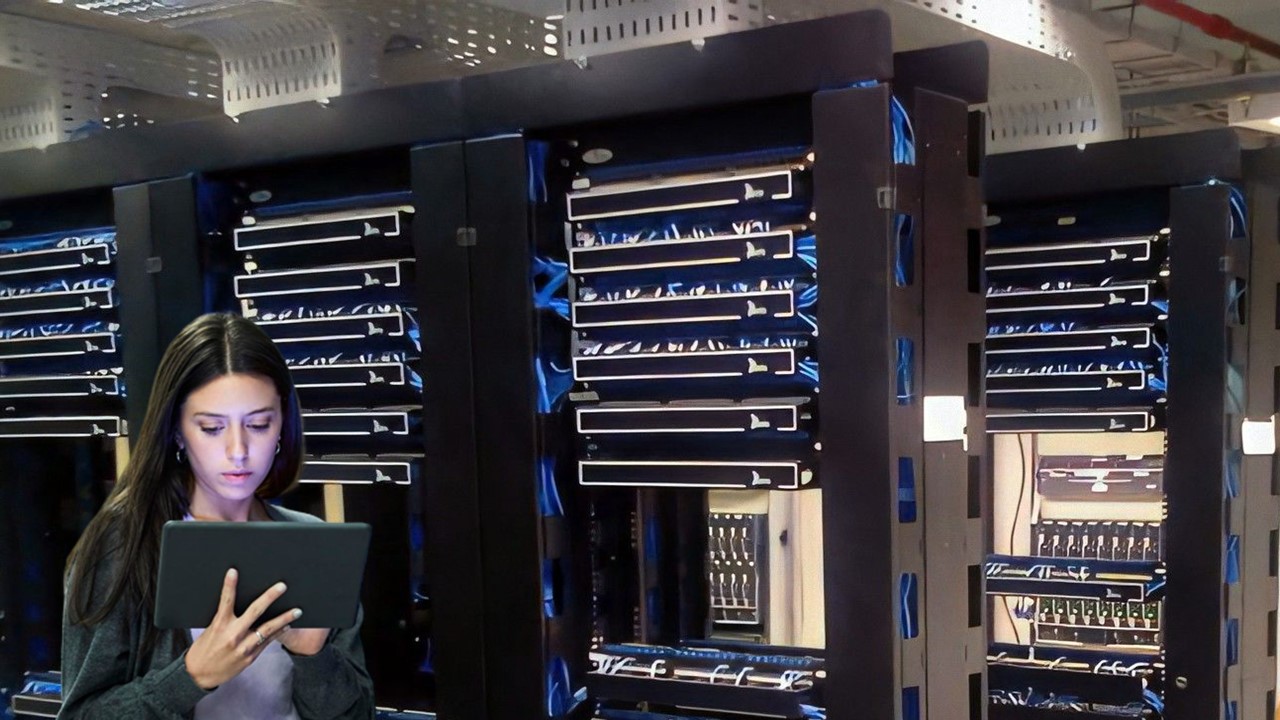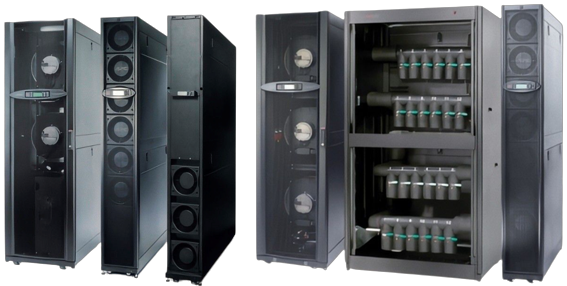
Cooling Solutions Services
The gap between aging data centers and new hyper scale facilities is widening. Data center power use and efficiency are crucial regardless of the facility's age or size.
It's no secret that data centers are among the world's greatest users of power. The data center sector is predicted to account for 1-1.5 percent of worldwide power usage. This figure is only anticipated to rise as cloud services, edge computing, Internet of Things (IoT), artificial intelligence (AI), and other digital transformation technologies gain traction. Technological advancements will only be negated by the ever-increasing amounts of computing and storage necessary to meet consumer and commercial needs.


Furthermore, the power density needs for data centers continue to rise year after year. The typical rack power density is now approximately 7kW, however rack density as high as 15-16 kW per rack is not unusual. Power densities in high performance computing (HPC) can exceed 100kW per rack. What does rising power densities and a smaller footprint mean for data center cooling? What effect does it have on Power Usage Effectiveness (PUE)? What are data center owners and operators doing to adapt to changing customer demand in their facilities?
Why is Data Center Cooling Important?
One of the reasons firms forsake on-premises data centers in favor of colocation is the huge expense of cooling equipment. When it comes to cooling IT equipment, most private data centers and telecom closets are relatively inefficient. They also lack the monitoring capabilities of colocation data centers, which makes completely optimizing infrastructure to decrease cooling demands increasingly difficult.
It should go without saying that poorly managed data center cooling can cause excessive heat, putting severe strain on servers, storage devices, and networking hardware. This can result in downtime, crucial component damage, and a reduced lifespan for equipment, resulting in higher capital expenditures. Not only that, but Inefficient cooling systems can drastically raise electricity costs from an operating standpoint.
PMG provides the following Cooling Systems & Methods:
CRAC units are fairly similar to traditional air conditioners in that they are driven by a compressor that pulls air over a refrigerant-filled cooling unit. They are highly inefficient in terms of energy use, but the equipment itself is rather affordable.


The InRow Direct Expansion family tightly matches cooling and heating, enhancing predictability and efficiency. Intelligent controls actively change to fit the load, supporting today's IT environments' dynamic needs. These units, which are available in air-cooled, self-contained, and fluid-cooled designs, cover a wide range of data center cooling requirements. The modular nature of the InRow Direct Expansion products will help IT operators wishing to increase efficiency or install higher density equipment.
Air-cooled chillers are the most efficient and flexible solution for big data center environments. Because to the use of big air side exchangers, managing fan rotation, and compressor insulation and housing, all of our Chiller models have a minimal noise effect. Our smart controls system regularly checks set points to ensure that the unit always functions within operational limits and that any problems are detected before they cause a breakdown. These chillers may be used for a variety of applications and optimize the availability of Row and Room chilling products to give a full heat removal solution.

